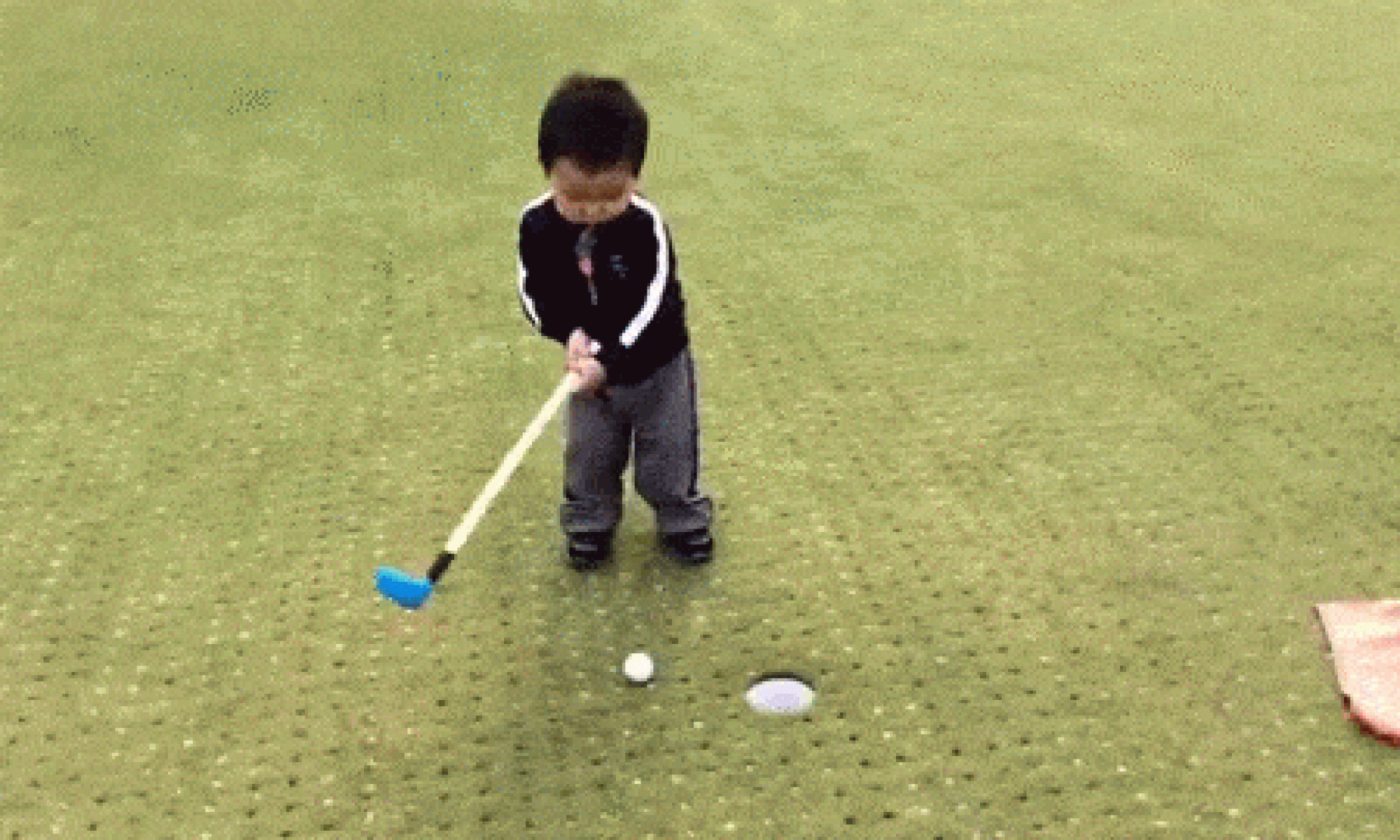This week was a week of rebuilding. I spent the first part of our week considering how we could pivot our idea after receiving feedback about our proposal. My main concern was that the LiDAR sensor would not be sensitive enough to detect a golf ball in the manner that we would like.
After spending a day researching the Slamtec RPLIDAR A1M8 sensor that is in ECE inventory, I was able to come to the conclusion that this should work for our implementation. The spec provides information about the accuracy, specifically that it’s accuracy is within 1% ≤ 3m, 2% 3m-5m, and 2.5% 5m-25m. Since our distance requirement is putts from 0m-10m, this means that at most the error we could see would be 2.5% of 10m is 25cm. Modifying our use case requirement for accuracy to be 3% within range seems logical and can work with this sensor.
My only current concern is the angular resolution as that will ultimately be telling us where the ball is. The spec had this listed at ≤1%. At a distance of 10m, that could be up to 10cm. With a golf ball being 4.2cm in diameter this would mean that either our max distance to reliably track the ball is 4.2m or we would need to consider using a larger ball. Because the spec is unclear about this, our team has placed an order form for this part and hope to start verifying the spec accuracy this upcoming week.
Otherwise, I worked with my team to revise our implementation plan and use case requirements based on the feedback from our proposal. Given the circumstances with both of them being involved in swim meets throughout the week and having limited time to meet, we were very productive and should be on track after a strong week next week.

